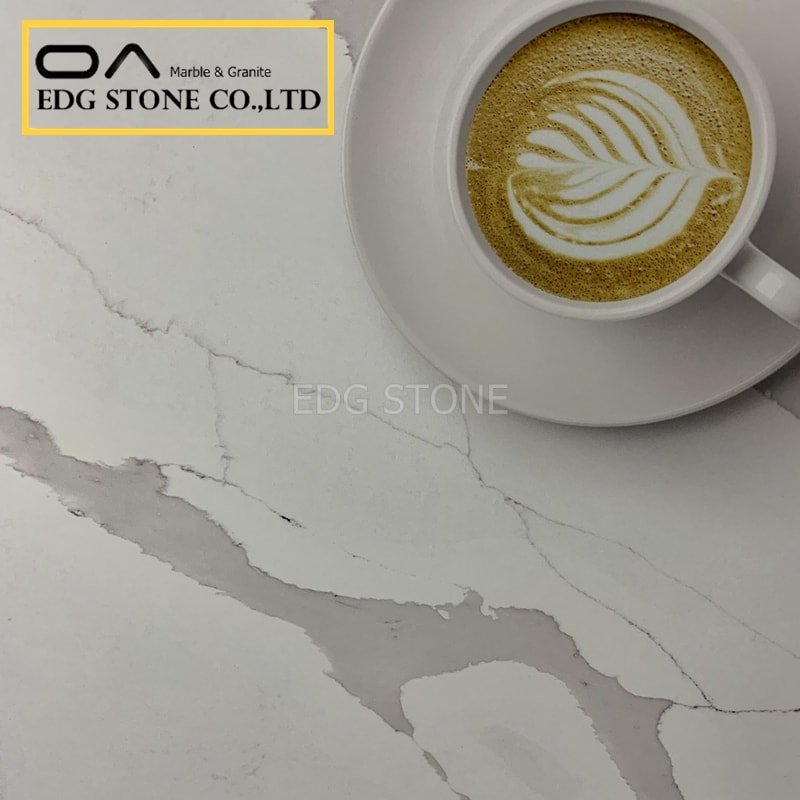There are many little-known tricks in the cabinet industry. Many manufacturers make a fuss about the countertop materials. It is one of the commonly used methods to pretend to be quartz stone to earn the price difference. The following small book introduces you to the difference between granite and quartz stone and teaches you some simple ways to distinguish and avoid being fooled.
From the perspective of material composition
The quartz stone material is made of 94% quartz and 6% resin. The stone is made of marble powder and resin. So intuitively speaking, the hardness of the quartz stone is higher than that of the stone, so the quartz stone material is made The countertop is scratch-resistant and wear-resistant. Generally, there will be no obvious scratches and cracks within 10 years of normal use. The stone is prone to problems.
From an environmental perspective
Quartz stone is a non-radiation product and has no adverse effects on the body; the raw materials we make of quartz stone are non-radiation quartz, and the granite is made of natural marble powder, so there may be radiation, which may cause adverse effects on the body.
From the perspective of use
Quartz stone is resistant to high temperatures due to its own material characteristics. The temperature below 300 degrees Celsius will not have any effect on it, that is, it will not deform and break; because of its high resin content, the quartz stone will be exposed to high temperatures. It is particularly prone to deformation and scorching.
Next, I will focus on telling you how to distinguish between quartz stone and artificial marble material
1. Quartz stone is denser than artificial marble, so you can weigh the weight of the material sample when choosing. Generally speaking, a good quartz stone feels heavier. A material sample of 10cm*10cm is about It weighs about 1 catty.
2. At the edge of the sample block, use a normal blade to scrape it horizontally. After scraping several times, there will be no powder or fragments falling off the quartz stone, while some powder will fall off the artificial marble. Remember to scrape several times, because, During the cutting process of quartz stone, some powder will be left on the edge.
3. Smoothness. Under the condition of natural light, the surface of quartz stone presents a very clear mirror surface. Although the stone is polished, it is also a mirror surface, but the color is slightly turbid.
4. Look at the label. Generally speaking, there is no formal manufacturer or trademark for artificial marble, white quartz, generally speaking, has a formal manufacturer, quality assurance certificate, quality inquiry telephone, and some quartz stones have trademarks on the back. Stencil.
5. Quartz stone cannot be made into complex shapes because of its high hardness, while artificial marble does not have these restrictions.
6. According to the understanding, the artificial marble can only be used to impersonate the light-colored quartz stone at present, and the bright-colored granite cannot be made.









